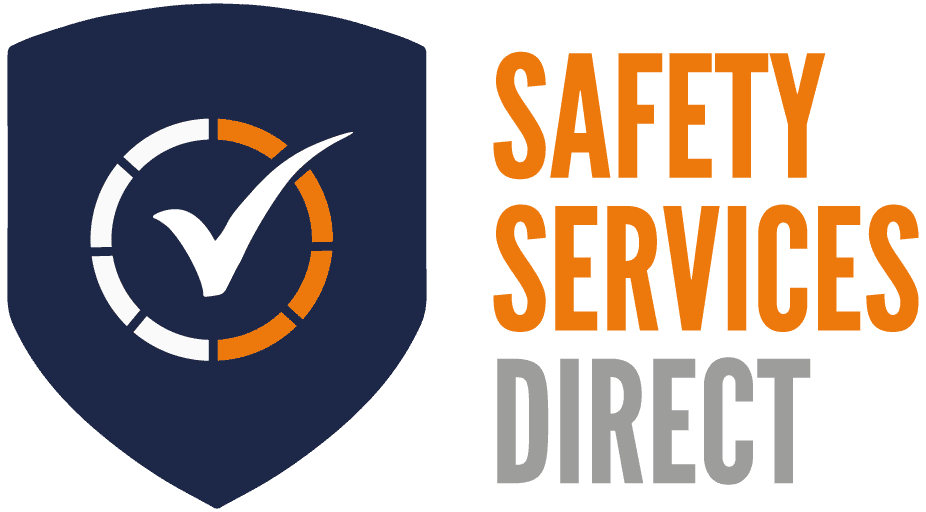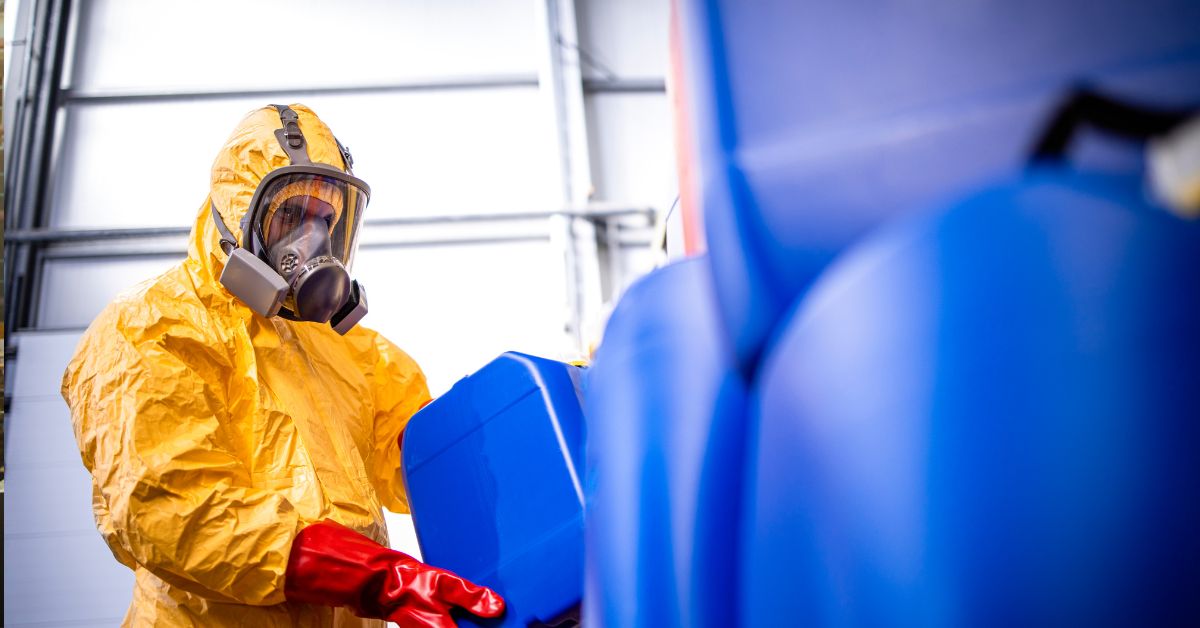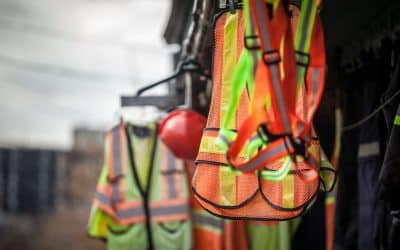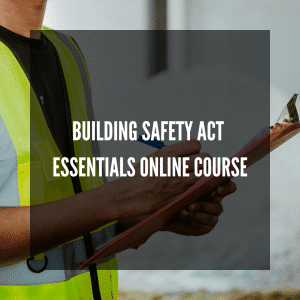In 2023, over 1.8 million workers in the UK suffered from work-related ill health, with hazardous substances being a significant contributor. This statistic reminds us of the critical importance of effective safety measures in the workplace. One of the most vital components of these safety measures is Personal Protective Equipment (PPE).
In this blog, we’ll explore the significance of PPE in not only protecting employees but also in ensuring compliance with the COSHH regulations. With over 20 years of experience in health and safety, we’ll also guide you through the selection and maintenance of the right equipment to protect your workforce.
Understanding COSHH
COSHH stands for the Control of Substances Hazardous to Health. It is a set of regulations introduced to protect workers from health risks associated with hazardous substances. These substances can range from chemicals and fumes to dust and biological agents.
COSHH regulations impose legal obligations on employers to control substances that can harm workers’ health. Employers must assess the risks, implement necessary precautions, provide proper PPE, and ensure that employees are adequately trained in using this equipment. COSHH has existed since 1999, and breach of these control measures by either employer or employee is a crime punishable by an unlimited fine. Not to mention catastrophic reputational damages to your company.
Tip: To find out more about these regulations, read our guide to understanding COSHH.
The Importance of PPE in COSHH Compliance
PPE, if chosen and fitted correctly, can succeed in protecting workers from various hazards. These can include chemical splashes, inhalation of toxic fumes, exposure to harmful dust, and contact with infectious agents. By providing a barrier between the worker and the hazard, PPE minimises the risk of injury or illness on a moment-to-moment basis.
PPE can also control exposure and protect workers from both short-term and long-term health issues. For example, respirators can protect against respiratory problems caused by inhaling hazardous dust, while gloves and protective clothing can prevent skin conditions resulting from exposure to corrosive substances.
Lastly, but just as importantly, a safe working environment boosts employee morale and productivity. When workers feel protected, they are more likely to perform their tasks efficiently and with greater confidence. PPE is an essential part of creating this safe environment, demonstrating the employer’s commitment to employee health and safety.
Selecting the Right PPE
The first step in selecting the appropriate PPE is conducting a thorough risk assessment. This involves identifying the types of hazardous substances present in the workplace and evaluating the potential risks they pose to workers. Based on this assessment, employers can determine the specific PPE needs of their employees.
Types of PPE for Hazardous Substance Exposure
There are various types of PPE designed to protect different parts of the body:
- Gloves: Protect hands from chemicals, biological agents, and physical hazards
- Masks and Respirators: Protect the respiratory system from inhaling hazardous substances
- Eye Protection: Safety goggles shield eyes from splashes, dust, and radiation
- Protective Clothing: Includes aprons, coveralls, and lab coats to protect the skin and clothing from contaminants
Maintaining and Using PPE Correctly
Correct usage of PPE is essential for it to be effective. This includes proper fitting and adjustments to ensure a snug and secure fit. Products like our face fit testing kit are very useful to ensure a snug fit and mitigate exposure to hazardous substances.
Employees should also be trained on how to wear, adjust, and remove PPE correctly to avoid contamination. This training should cover the importance of PPE, how to use it properly, and the potential consequences of not using it correctly. Regular refresher courses can help reinforce these practices and keep safety at the forefront of employees’ minds. Our PPE training course is ideal for these needs.
Regular maintenance, cleaning, and inspection of PPE are also important for continued effectiveness. PPE should always be stored correctly at the end of a shift. Employers should establish a routine schedule for checking PPE for signs of wear and tear and replace any damaged or expired equipment promptly.
Want to Invest in the Correct PPE for Your Team?
Personal Protective Equipment is a cornerstone of COSHH compliance, playing a vital role in protecting workers from hazardous substances and ensuring a safe working environment. By conducting thorough risk assessments, choosing the right PPE, and ensuring that all employees know that PPE must be worn during work, employers can significantly reduce health risks and protect workers.
At Safety Services Direct, we also offer a COSHH Training Course, COSHH Assessment Writing Services, and COSHH Hazard Symbol Posters.
For further assistance with COSHH compliance and PPE selection, feel free to contact us or call us at 0121 3487828. Our team of experts is here to help you ensure a safe and healthy workplace for your employees.









